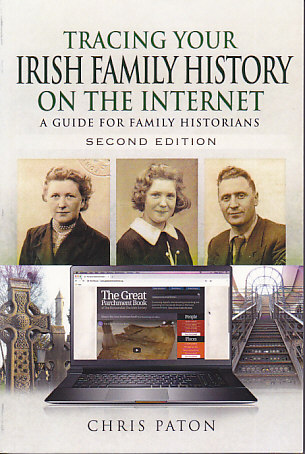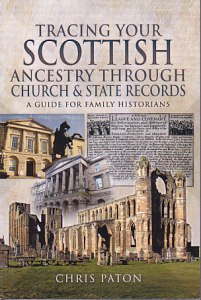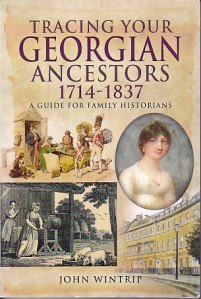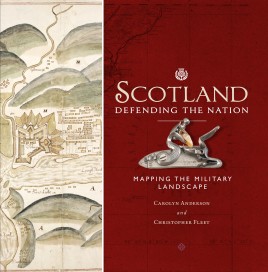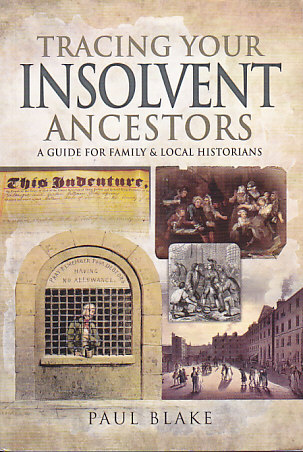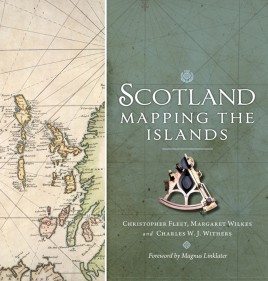1921 Census of England and Wales to be released January 6, 2022, at 00:01 GMT
The 1921 Census of England and Wales is recorded in 28,000 bound volumes stored at The National Archives. FindMyPast was given exclusive access to digitize these records. There are 18,235,242 color images provided that have been indexed, for over 38 million men, women and children.
You will be able to search and access these records exclusively online at FindMyPast beginning on January 6, 2022, at 00:001GMT. They will appear nowhere else online for at least three years. A copy of the record transcript can be accessed for US$3.50, and the original image for US$4.90. If you are not a current subscriber, you will need to register to access the records. You can do that now ahead of the release. If you are a subscriber, you will receive a 10% reduction in the fees. My suggestion is to go directly to the original image, as that is the important way to document your ancestors, and only pay for the transcript if you are having trouble reading the original and you need a second opinion.
You can view the records for free only at The National Archives at Kew, the National Library of Wales in Aberystwyth, and at Manchester Central Library.
Why is this census so important?
This census is important because the 1931 census was destroyed by fire during WWII. The 1941 census was cancelled because of the war. The 1951 census will be released in 2052. I would like to think I might be still alive then, but at 98 I will certainly be in my dotage. Plus of course it provides information not available in earlier censuses.
Details in the 1921 Census
A full entry on a standard household schedule will include:
- Full address of the property
- Names of person in each household
- Relationship to head of household
- Age in years and completed months
- Sex
- Marriage or orphanhood
- For those over 15, single, married, widowed, and for first time divorced
- For those under 15, identify in both parents alive, father dead, mother dead or both dead
- Important due to impact of WWI and flu epidemic: 730,000 children recorded as ‘father dead’ versus 260,000 with ‘mother dead’
- Place of birth, nationality for those born outside the UK
- Occupation and employment
- If in full or part time education
- Name and type of employer
- If out of work, give last employer
- Place of work, employers address (except those in private employment such as domestic service)
- Number of children or stepchildren under the age of 16
How to Prepare
Ideally you want to be prepared for the census release. Here is a suggestion and an indication of what I am doing to prepare.
I am going through my genealogy software and identifying the couples that I expect to find in the census. This hopefully will pick up many of the children. I can go back later and identify single men, women, or children whom I have not caught in the initial search.
For each couple, I am writing down their full names, months and years of birth, and place and county of birth – all of which are searchable fields.
My next step is then to search for the couples in the FindMyPast dataset for “England and Wales, Electoral Registers 1910-1932”, limiting my search to 1921 only. For most places there will be a result for Spring 1921 of a specific street address. I am then recording this. You may have alternative places in your database for dates close by from birth, marriage, or death certificates. Please note this electoral registers dataset does not appear to be complete, as I can’t locate any of the Crowhurst or Milner families in the River Medway towns in Kent. You can try one of the alternative sets of electoral registers.
In a perfect index, finding an address would not be required, though it might help to distinguish between individuals of the same name. However, no index is perfect. Let me give one example. In the 1939 Register, on FindMyPast, my maternal grandparents are indexed under the surname ‘~???’ which is not a surname that you can search on. My grandfather had also supplied an incorrect year of birth, and his date of birth was also incorrectly indexed. My grandmother used a variation of her Christian name but did have her correct birthdate and year. The only way I found my grandparents was through the street search.
Without a doubt, the more information you have written down on the people you are looking for, the more flexible you can be in your search technique.
Accessing the 1921 Census
As mentioned above the 1921 Census of England and Wales is to be released exclusively on FindMyPast on January 6 at 00.01 GMT. Access to you will depend on your local time zone. For those like me in the central time zone in the USA that means access to the records begins on January 5 at 6:01 pm.
There will be three landing pages within FindMyPast.
Main 1921 Census landing page – www.findmypast.com/1921-census
Address Search landing page – www.findmypast.com/1921-census/address
Employer Search landing page – www.findmypast.com/1921-census/employer
Prior to the release of the 1921 Census on January 6, selecting any of the above links gets you the countdown clock as a holding page. The main landing page provides additional background information.
Now is the time to prepare for your searches. You should also keep track of who you have searched for, who you have found, who is still to be found, and who is missing from the household in which you were expecting to find them.
Happy Hunting.
 Tracing Your Female Ancestors: A Guide for Family Historians. By Edèle Emm. Published by Pen & Sword Family History, 47 Church Street, Barnsley, South Yorkshire S70 2AS, UK
Tracing Your Female Ancestors: A Guide for Family Historians. By Edèle Emm. Published by Pen & Sword Family History, 47 Church Street, Barnsley, South Yorkshire S70 2AS, UK 
